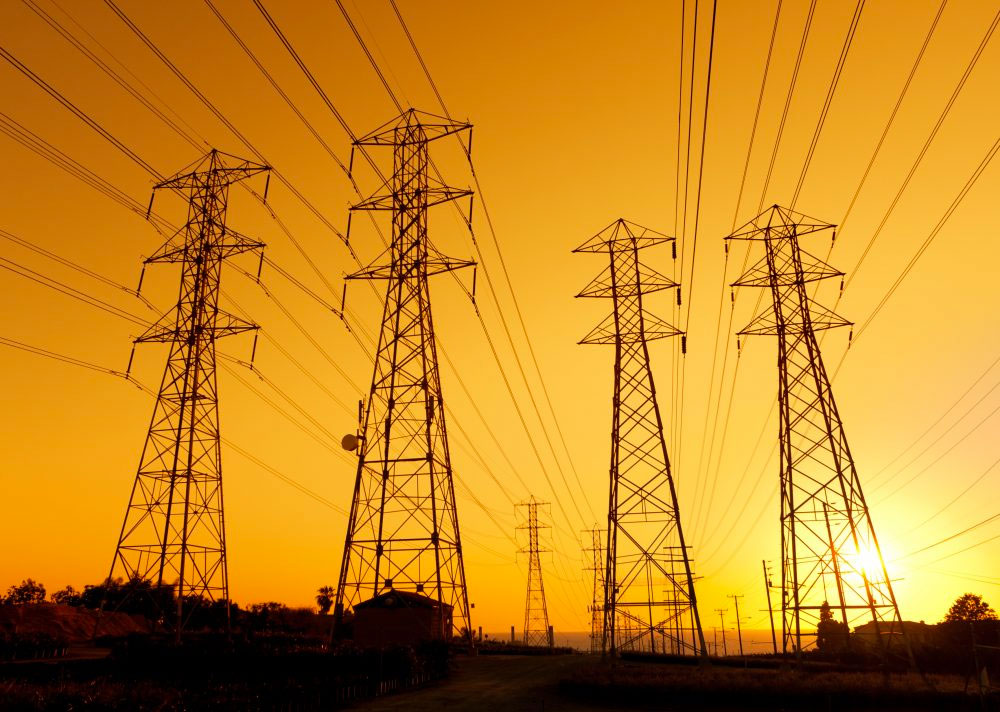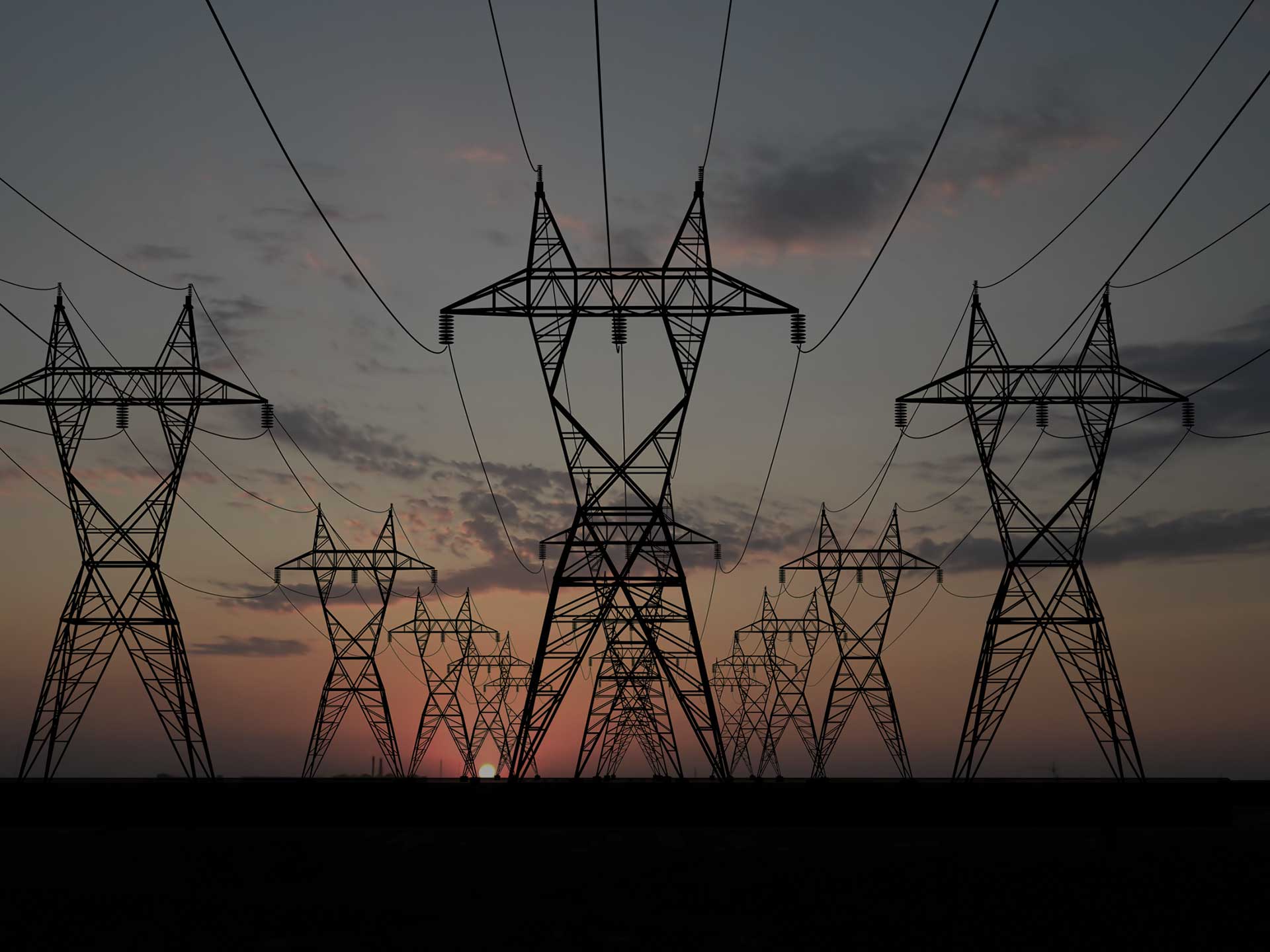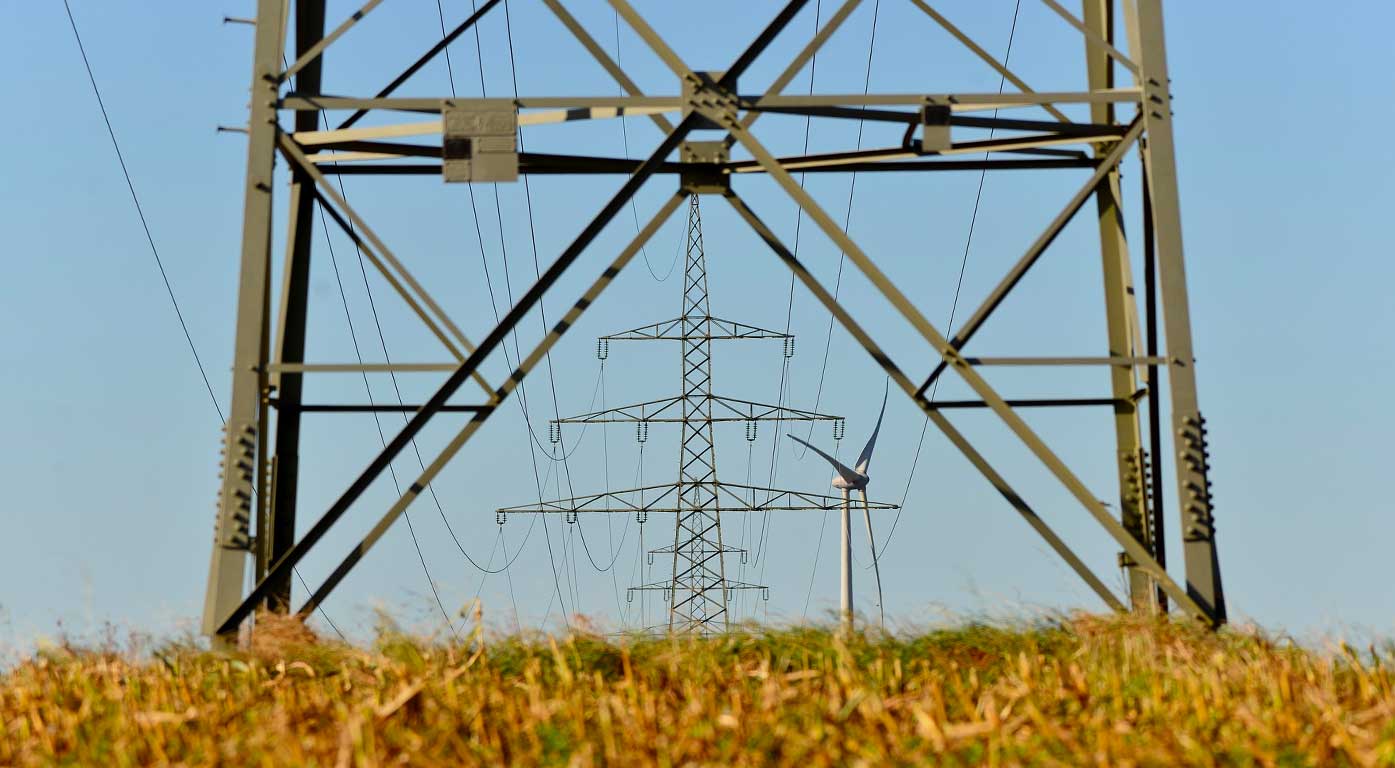Summary
Researchers at Monash University will conduct a desktop study to explore issues and strategies associated with connecting inverter-connected plants such as batteries, solar, and wind into weak electricity grids.
Key results
This extensive desktop research project was divided into three main tasks:
- Weak Grids Classification and Test-bed Development,
- Grid-Strengthening based Solutions: Synchronous Condenser (SynCon)s and Grid-Forming Inverter (GFMI)s, and
- Internal Control of Wind/Solar Farms and their Interactions with other Power Electronic Converter (PEC)- Connected Assets, to characterise system strength problems and assess a variety of design, control scheme and configuration solutions.
Several key innovations ere developed in this project to ensure reliable operation of Inverter Based Resource (IBR)s and maintain the stability of weak-grid-connected wind and solar farms under various conditions. These innovations are categorized into four groups: Synchronous Converters, Grid-Following Inverter (GFLI)s, Power-Synchronised Grid-Following Inverter (PSGFLI)s and Grid-Forming Inverter (GFMI)s.
The outcomes of this project include increased penetration of solar/wind farms, maximized generation capacity of existing wind/solar farms located in weak parts of the grid, and increased reliability, security, and stability of the grid as the renewable energy penetration grows. Overall, this project has contributed significantly to the renewable energy industry by providing solutions to the stability issues faced by renewable energy farms in weak grids. The research activities have led to a number of journal and conference publications, and the outcomes of this project contribute to the Advancing Renewables Program’s outcomes.
Learn more
Need
Australia’s power system is undergoing a major transformation, with anticipated thermal generation retirements and a rise in inverter-connected variable renewable energy (VRE) technologies. Many regions in the National Electricity Market (NEM) are experiencing system strength related problems, and it is expected that this situation will intensify. The rapid growth of VRE has also had tangible commercial impacts for operating generators, as some areas with high VRE share seeing connection delays or curtailment.
Action
The Weak Grids Study will characterise system strength problems and assess a variety of design, control scheme and configuration solutions including new VRE control systems, synchronous condensers, and grid-forming inverters.
The study will use the West Murray region of the NEM as a case study due to the region’s current system stability challenges. The study will adapt to the network conditions and operating decisions in West Murray as they evolve and provide an opportunity for NEM stakeholders to understand and explore emerging issues. The study’s outcomes will be applicable to Renewable Energy Zones across the broader NEM and the South West Interconnected System.
Outcome
The study aims to achieve the following outcomes:
- reduced grid connection risk (time and cost) for renewable developers
- increased hosting capacity of VRE in weak networks
- improved understanding of power system security and reliability when operating with higher shares of renewable energy.







